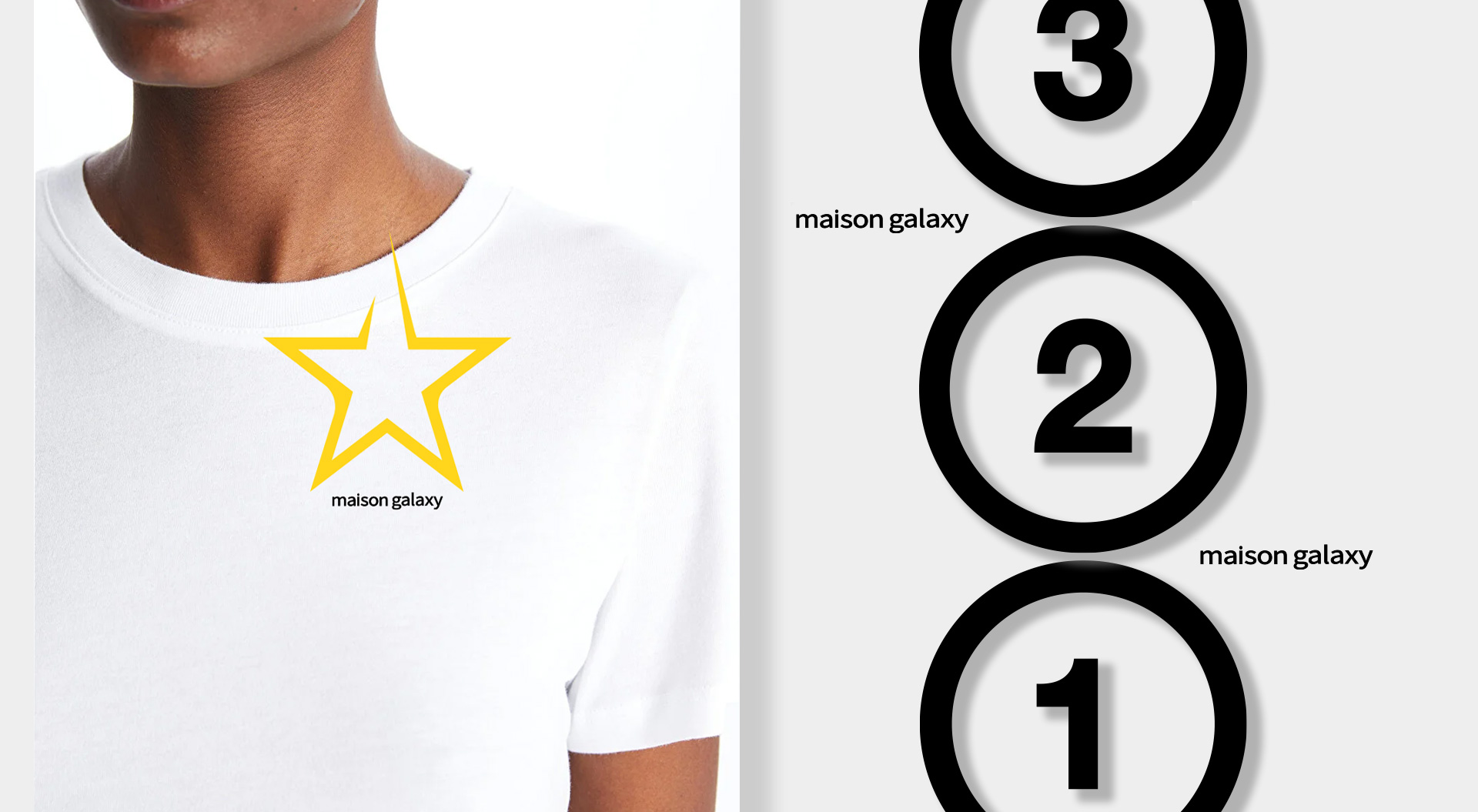News and Views
Pull&Bear store design and the future of fashion. Five new trends in retail.


Youth fashion is shifting
Innovative Storefront DesignThe brand has transformed its traditional storefront, replacing typical mannequin displays and promotions with a more avant-garde approach. Instead of clear shop windows, Pull & Bear uses architectural obscured glass block walls on either side of the entrance. These walls feature eye-catching colour projections that pique the curiosity of passers-by, enticing them to step inside and explore the fashion collections.
California-Inspired Store Theme
The store’s interior draws heavily on vintage decor, creating a nostalgic experience reminiscent of the 20th century. A mix of 80s and 90s design elements, along with retro gadgets, adds to the retro-inspired atmosphere. This approach turns the store into a curated space where every element—from layout and furniture to lighting and music—has been meticulously chosen to enhance the brand experience.
In the centre of the store, a VW camper van converted into a shoe display captures attention. Surfboards and a seating area at the rear of the van reinforce the brand’s casual, laid-back vibe. The van’s license plate, "P&B 1991," marks the founding year of Pull & Bear.
Pull & Bear’s VM is designed to attract, engage, and motivate customers toward making purchases. The arrangement of three-dimensional displays on the store’s floor plan optimises the brand image and encourages primary, secondary, and tertiary purchases.
Pull & Bear has made significant strides in integrating e-commerce with its physical stores, offering customers a cohesive shopping experience across both channels. The brand promotes its online services within the store, creating a seamless connection between its brick-and-mortar locations and its digital presence.
The brand’s commitment to eco-efficiency is reflected in its pursuit of LEED certification, which acknowledges environmental responsibility in store design. Stores are designed with a focus on energy savings, efficient water use, reduced CO2 emissions, and the proper management of resources. This not only minimises environmental impact but also raises awareness among customers.





Trends Shaping Retail
Several trends are influencing Pull & Bear’s approach to retail:
-
Experiential Retail Engagement: Consumers, especially those from Generation Y and Z, are moving away from product-focused shopping and seeking engaging experiences. Retailers are prioritizing customer engagement as a result.
-
Social Shopping: Social media is becoming the new storefront. Platforms like Instagram and Facebook are crucial for product discovery and purchasing, with many shoppers ready to buy directly through social media apps.
-
Couture Revival: Fast fashion allows consumers to access designer-inspired looks at a fraction of the cost, making high fashion more accessible to a wider audience.
-
Retailer-Led Communities: Retailers are fostering closer relationships with consumers by creating brand communities, which help build loyalty over time.
-
Omnichannel Retail: The role of physical stores is shifting from being the primary sales point to becoming part of a broader omnichannel strategy. Brick-and-mortar stores are now one piece of a larger, more integrated shopping experience.
Final Thoughts
Pull & Bear is not only redefining its brand image but also setting a new standard in experiential retail. By blending e-commerce with physical retail spaces, prioritizing sustainability, and offering a unique store experience, the brand is positioning itself at the forefront of modern retail trends.
For more insights on retail branding and design, explore the related news items on this page or reach out to us to discuss your brand, design, or digital strategy needs.







